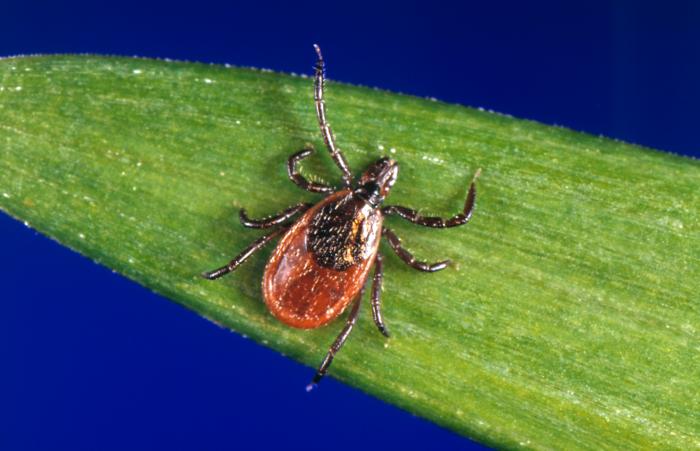A study, originally published in January in the journal, PLoS One, looked at the differences in geographical distribution of Lyme disease.

Researchers suggests that under environmentally-realistic conditions, southern environments exert greater mortality pressure on ticks than is experienced by northern ticks, because of the increased desiccation stress under the warmer southern conditions.
See New York from the water and enjoy up to 46% off cruises!
They hypothesize that host-seeking nymphs in southern populations of Ixodes scapularis remain below the leaf litter surface, while northern nymphs seek hosts on leaves and twigs above the litter surface. This behavioral difference potentially results in decreased tick contact with humans in the south, and fewer cases of Lyme disease.
Howard Ginsberg, PhD, Professor with the Department of Plant Sciences and Entomology at University of Rhode Island joined me to talk about the USGS-led study.
Originally recorded on the Outbreak News This Week Radio Show in January 2017.
Podcast: Play in new window | Download
Subscribe: Apple Podcasts | RSS
Related:
- A new Lyme disease test: Dr Richard Marconi discusses the GLD Test
- Lyme disease, Stevia and the quest for better treatments
- Lyme disease: Borrelia biofilm in the body demonstrated
- Powassan virus: The spread is inevitable
- Lyme: Q & A with Paul Auwaerter, MD
- Lyme advocate discusses CDC MMWR Chronic Lyme article
Help support the growth of the website, podcast and a future internet program about infectious disease on Patreon–As little as $1 a month. Thanks https://www.patreon.com/outbreak
Intro music: “Rapture” by Ross Bugden


